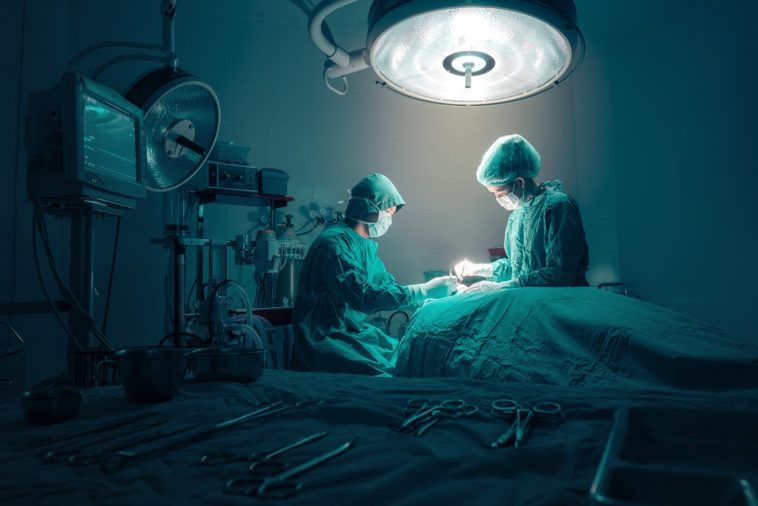Surgical treatment options can be considered to stabilize vitiligo, especially when topical methods and other traditional lines of treatment fail. The goal of any of the vitiligo surgeries is to achieve stabilize or complete re-pigmentation that cosmetically matches the surrounding normal skin. Prior to surgery, factors like the age of the patient, vitiligo stability, size and location of the patch, the proposed method of surgery and the proposed donor site should be kept in mind.
Surgical treatment for vitiligo can be broadly categorized in two main categories – grafting of melanocyte-rich tissue (aka tissue grafting) and grafting of melanocyte cells (commonly known as cellular grafting). The choice of the procedure is dependent upon the site, vitiligo affected area, and an individual’s preference. Usually, the outcome of surgery is better in individuals with stable lesions (i.e., segmental vitiligo) compared to those with unstable lesions.
Grafting of melanocyte-rich tissue – Tissue Grafts
In this method, small plugs of skin are transplanted to vitiligo affected area. Potential immediate complications of punch grafts include loss of graft tissue, infection, hyperpigmentation, or imperfect color matching.
Miniature punch grafting (MPG)
Punch grafting is one of the most commonly used techniques, due to its simplicity, efficacy, and cost-effectiveness. In this method, bits of skin (about 2 mm in diameter) are transplanted to vitiligo affected area. These bits, which are punched out from buttock or thigh, are placed in holes created in the area where white patches are present.
The method is even suitable for difficult-to-treat recipient sites like the fingers, toes, palms, and soles. However, MPG is not suitable for large spots as uniform pigmentation is always a challenge in this surgical method.
Suction blister grafting
With suction blister grafting, good cosmetic results can be achieved with minimal scarring of the donor site. In this method, negative pressure (ranging from -200 to -500 mm Hg) is applied to the normally pigmented donor site to promote the formation of multiple blisters. Then, blister roofs from the normal skin are transplanted to white spots where other blister roofs were removed. The treatment is generally safe, easy to perform and inexpensive. Common complications may include hyperpigmentation of the donor site, graft rejection, and depigmentation around the graft.
Split thickness skin grafting
In split-thickness skin grafting, larger pieces of skin are transplanted to white spots where the thin layers of skin have been shaved off. Compared to punch grafting and suction blister grafting, this method can cover larger areas and impart uniform pigmentation. Complications may include hyperpigmentation, peripheral depigmentation, and graft rejection.
Grafting of melanocyte cells – Cellular grafts
Each surgical procedure has its pros and cons, but cellular grafts deliver better results for larger spots. In these surgical methods, melanocytes and other skin cells are removed from normal skin and subsequently transplanted to white spots. Prior transplantation, the top layer of the skin (where white patches are located) is removed by dermabrasion or laser treatment.
In comparison to tissue grafts, cellular grafts have shown slightly lower success rates. Also, these methods need specialized training and appropriate equipment to yield the best results.
Autologous non-cultured epidermal cell suspensions
This treatment method allows large areas of skin to be treated (with better color matching) in one session. In this surgical procedure, tissues are harvested from normal, pigmented skin and then placed as a suspension on the dermabraded surface of depigmented areas.
There’s less risk of scarring with this procedure compared to other available skin grafting procedures. However, the procedure is not advised to be performed on children with vitiligo.
Cultured melanocyte suspensions
In this method, tissues are also harvested from the pigmented skin and ultimately incubated with trypsin on the depigmented area. However, between these two procedures, a sample of the patient’s normal pigmented skin is taken and sent to a laboratory for special cell culture to grow melanocytes. When the melanocytes in the culture solution multiply, they are incubated with trypsin on the depigmented area.
Though color matching achieved by this technique is better than other surgical methods, it requires a specialized laboratory for culture.

